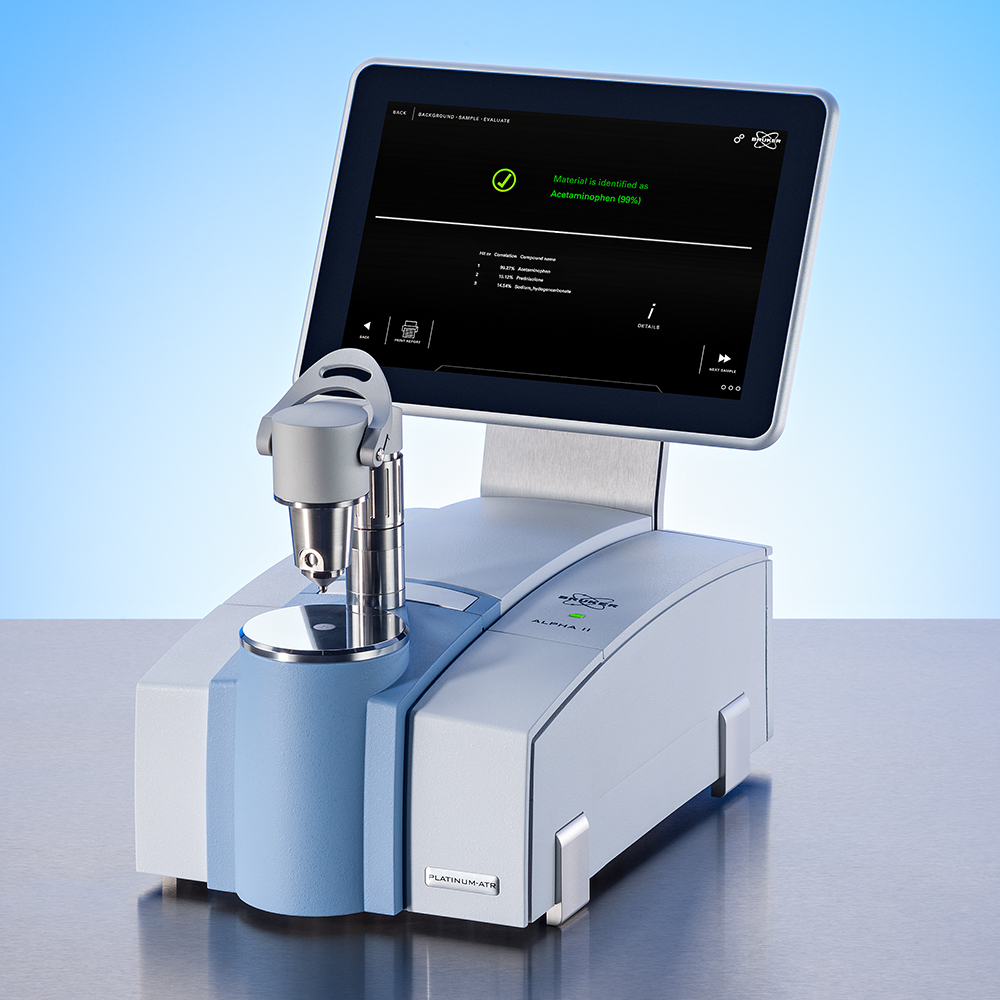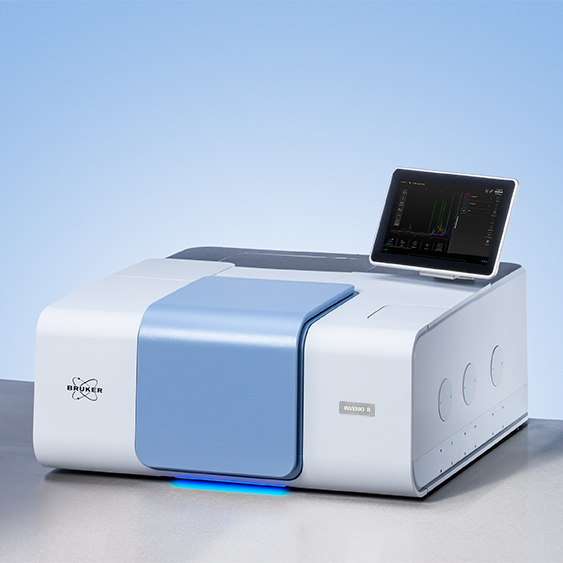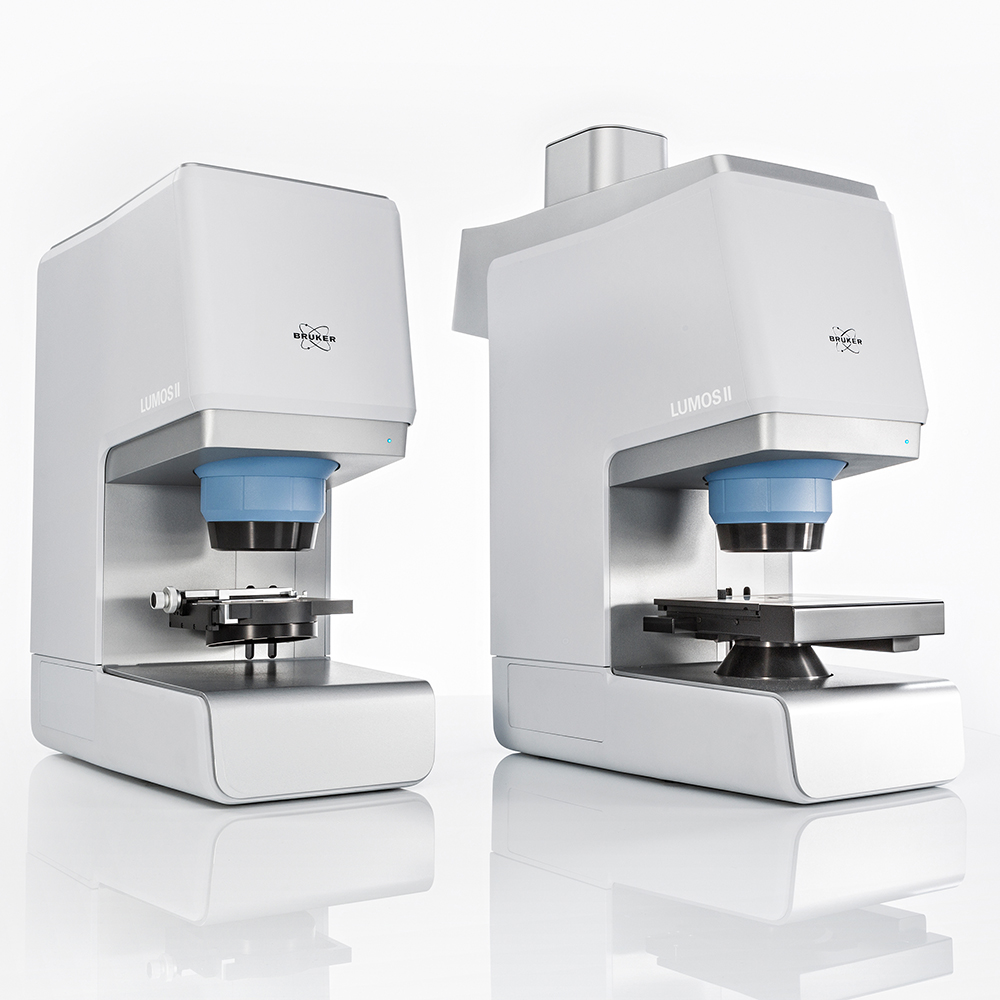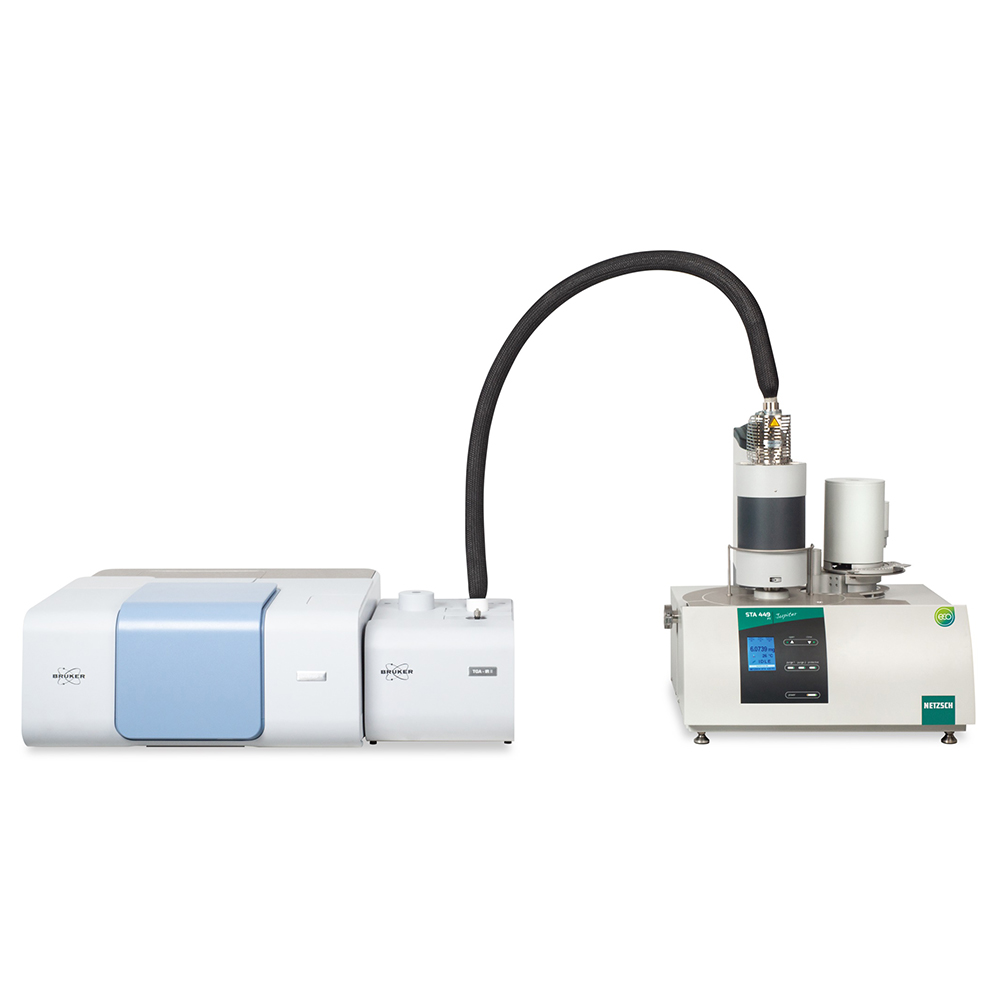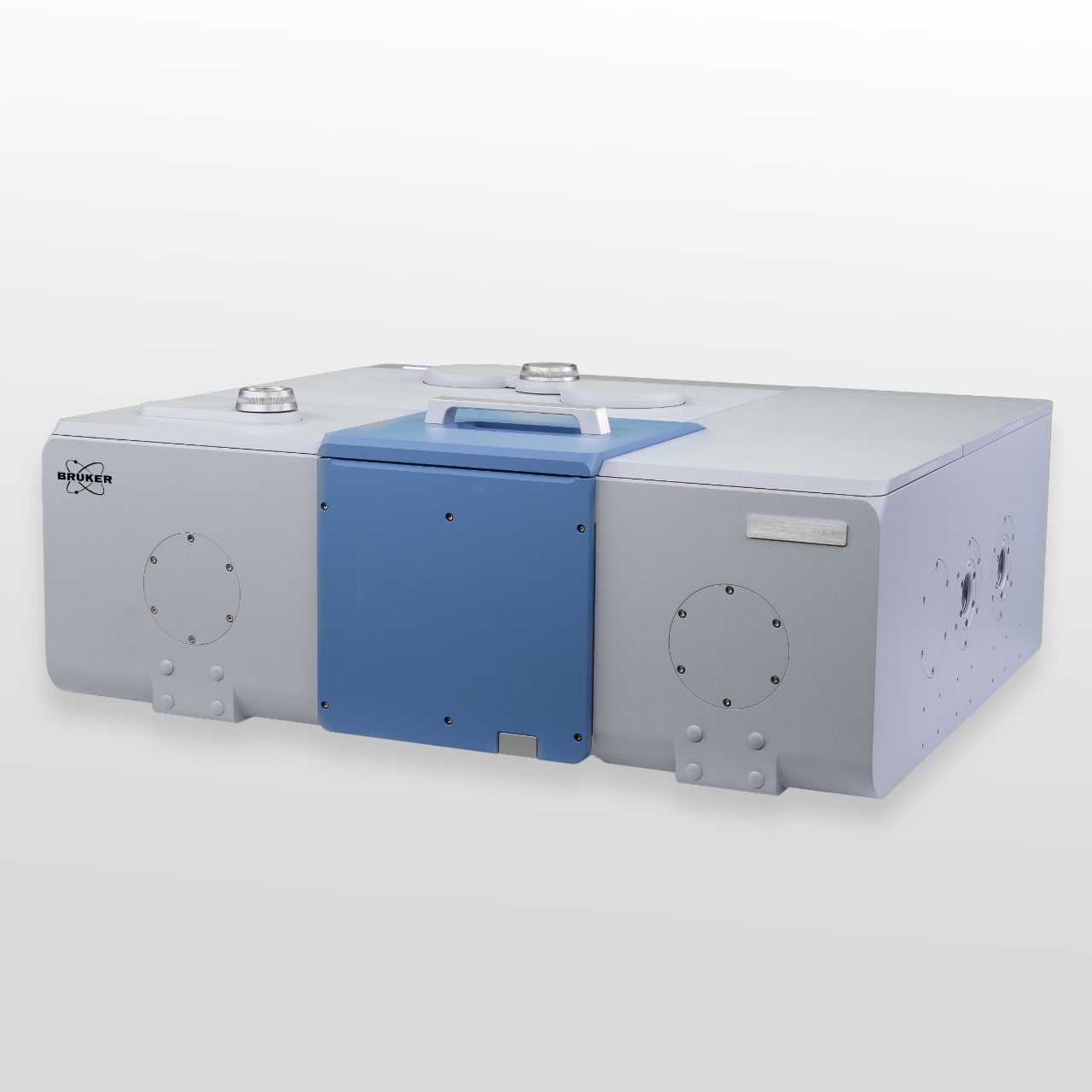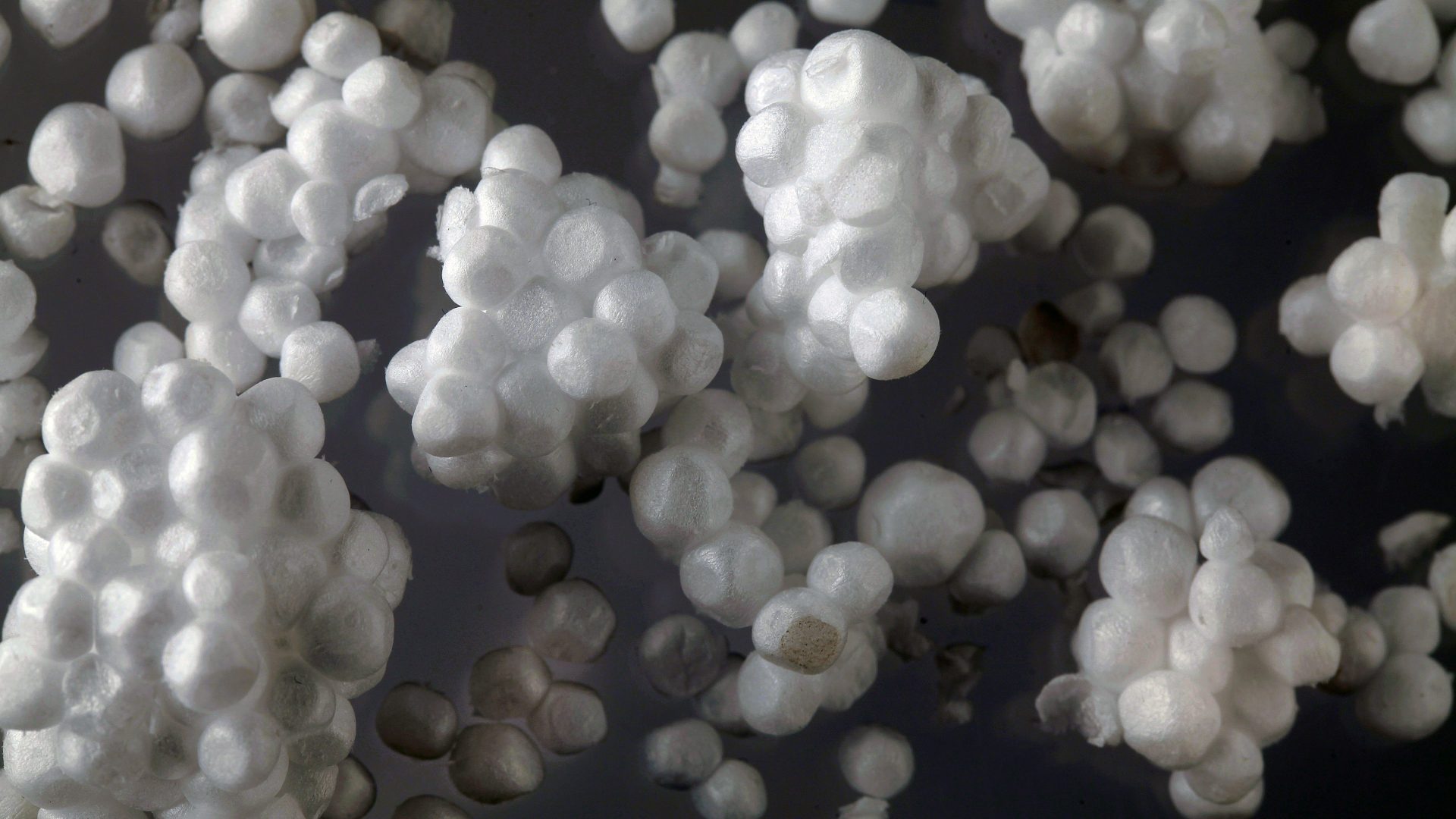

Polymer Research
We are Deeply Rooted in Polymer Research
The versatility of polymer materials is almost legendary, and the rise of high-performance plastics has permanently changed many industrial sectors. Research into new plastics is a topic that has kept Bruker busy for decades. We offer a broad and powerful technology portfolio for all research tasks to keep pace with the next generation of polymers.
Identification of Inorganic Filler Materials in Polymer using FT-IR
Inorganic salts such as ammonium polyphosphate or titanium dioxide are frequently used as polymer filler materials to improve the processability, optical properties or fire retardancy.
To completely characterize such composite polymers and identify the inorganic fillers using FT-IR technique only the mid infrared (MIR 400-4000 cm-1) spectral range is not sufficient. Whereas the MIR range delivers information to identify the polymeric host materials, additional far infrared (FIR below 400 cm-1) region reveals important information about lattice vibrations of inorganic ionic compounds in the fillers.
Bruker’s unique FM technology for FT-IR R&D spectrometers merges MIR and FIR spectral range and enables the measurement from 6000 – 50 cm-1 in one single scan without exchange of any optical component (which has been mandatory for spectral range extension into FIR). Find out here, how Bruker FM simplifies polymer characterization.
Flame Retardant Distribution in Polyamide-6 by Raman Imaging
Flame retardants are key ingredients in polymers used for construction and engineering. Without them, safety issues would be tremendous as some polymers exhibit significant flameability. In some materials, flame retardants can make up to 30% of the polymer formulation!
An incorrect distribution of such addtivies can lead to critical comprizing effects of the base material. The Figure shows the chemical Raman image of the distribution of the halogen free flame retardant melamine cyanurate (MC) in a polyamide-6 matrix.
Obviously, the flame retardant has not migrated through the entire material and has formed clusters and void zones. Although the grain size is homogeneous, the overall result is not satisfactory and the process must be optimized.
Polymer Crystallinity and Crystallization Kinetics by TD-NMR
Semi-crystalline polymers play a key role in materials science, technology and nature. Approximately two thirds of all synthetic polymers possess the ability to crystallize, which is what makes the diverse use of these materials as molded parts, films or fibers possible in the first place.
With TD-NMR it is possible to obtain information about the bulk crystallinity and crystallization kinetics of the most important synthetic semi-crystalline polymers. By determining the temperature-dependent relaxation behavior, an unambiguous determination of the polymer crystallinity is possible. In addition, isothermal crystallization can be monitored.
TD-NMR allows the characterization of the bulk crystallinity and crystallization kinetics of polymers, which predestines the technique for use in research, quality control and processing laboratories.
Characterizing Material Properties by FT-IR and Thermogravimetric Analysis
Thermal analyzers collects the information of the temperature-dependent mass-change (Thermogravimetry), the Enthalpie values (Differential Scanning Calorimetry) or the combination of both. FT-IR on the other hand collects the spectral (molecular) information.
FT-IR combined with Thermal analysis can help to elucidate the fundamental thermal behaviour of new polymer materials. Use it to analyze:
- Decomposition behavior of substances
- Evolved gases during decomposition
- Residual solvents (Identification and Quantification)
- Phase transition temperatures (melting point, glass transition, etc.)
- Water adsorbtion and migration
Monitoring Catalyst Activity by FT-IR
Catalysts play a fundamental role in polymer research and synthesis and understanding the chemical reaction processes is vital to increase yield, efficiency of functionality of the desired polymers.
FT-IR can be used to characterize catalysts, their behavior and chemical reactions involved. Time-resolved measurements with up to 110 spectra per second allow you to analyze catalytic processes into the low microsecond domain.
With Step Scan, Rapid Scan and Interleaved TRS, powerful Bruker tools are available to elucidate any kind of dynamic processes such as chemical or physical reactions.
